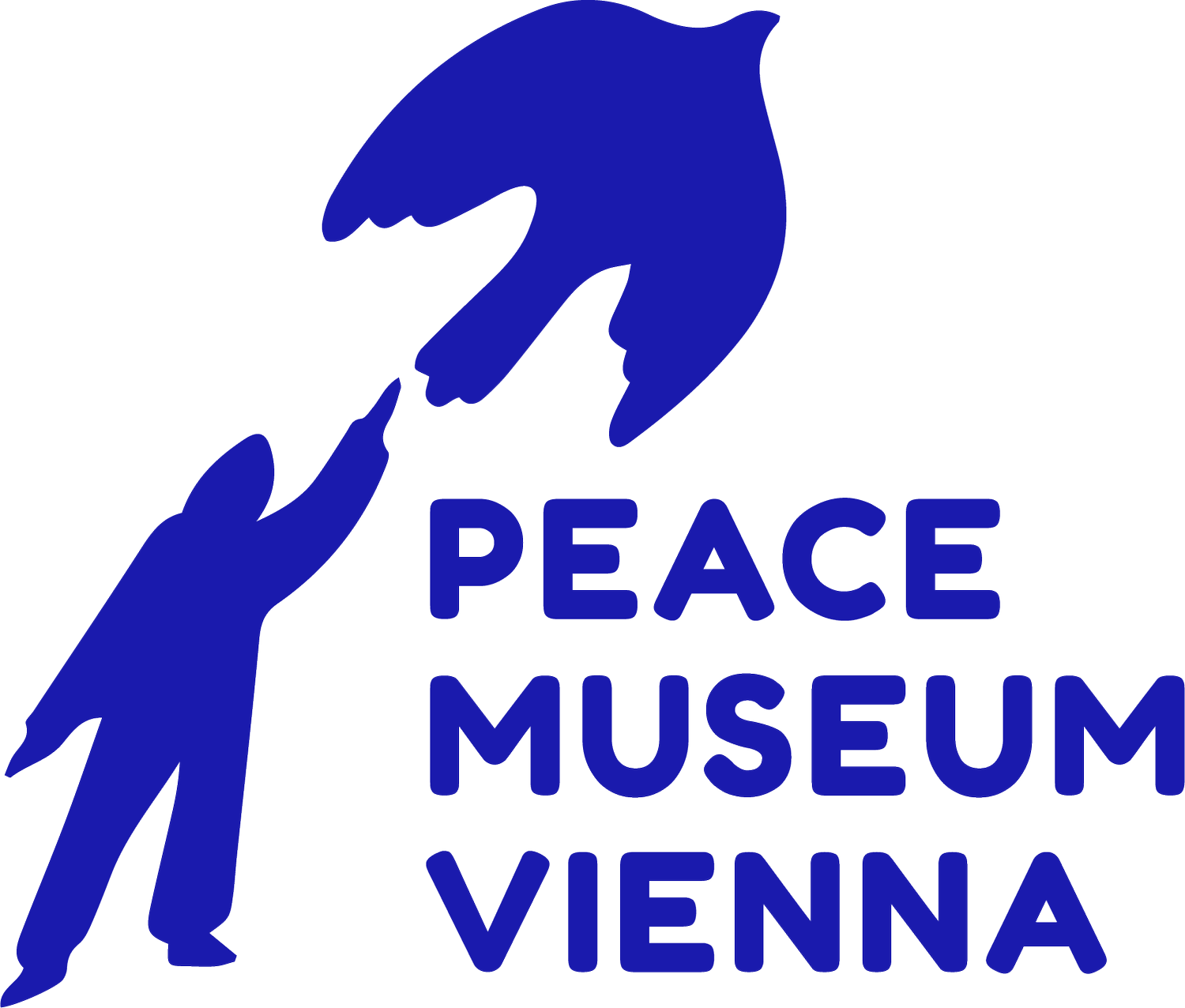Dovile Bogusyte
"Forgiveness made me free from hatred. I still have many scars on my body and severe pain most days, but my heart is cleansed. Napalm is very powerful, but faith, forgiveness, and love are much more powerful."
— Kim Phuc Phan Thi
Kim Phuc Phan Thi, informally referred to as the Napalm girl, is best known as the nine-year-old child running away from a napalm attack, depicted in the Pulitzer Prize winning photograph “The Terror of War” taken by photographer Nick Ut during the Vietnam War in June 1972.
Phan Thi Kim Phuc was born and raised in the village of Trang Bang, 30 minutes north of Saigon. During the Vietnam War, the strategic Route 1 that runs through the village became the main supply road between Saigon and Phnom Penh. On June 8, 1972, an American military advisor coordinated the napalm bombing of Kim's village. Nine-year-old Kim fled from a pagoda, where she and her family had been hiding. Two of her infant cousins did not survive the attack, and Kim was badly burned.
Kim was photographed running down the road, screaming from the burns to her skin. Nick Ut, the Associated Press photographer who was there to cover the siege, took the photograph of young Kim. Moved by her pain, he rushed her to a South Vietnamese hospital. She then spent 14 months recovering in a hospital in Saigon.
Most people who sustained such injuries over 10 percent of their bodies would have died at that time. But Kim survived to become a literal poster child, first for the American antiwar movement, and, later, as the living embodiment of American imperial atrocities and evidence of the Vietnam communist regime’s enlightenment.
Recognising her usefulness as a “national symbol of war”, the Vietnamese Government had subjected her to endless interviews, communist officials had used her in propaganda films, and Kim had been forced to leave school and move back to her province where she was supervised daily.
Due to constant pain she considered suicide but in 1982 she found a New Testament in a library that led her to become a Christian. Her faith enabled her to forgive.
In 1986, Kim seized the opportunity to study in Cuba, but once again her studies were cut short due to the physical problems. While in Cuba, she fell in love with Huy Toan, another Vietnamese student who had relocated to Cuba to pursue his studies. When the couple married in 1992, they were given a trip to Moscow for their honeymoon. On their return flight, however, their plane stopped in Canada to refuel. At that time, Kim Phuc and her husband quietly left the plane and requested political "asylum".
Kim Phuc became a symbol of reconciliation when in 1996 she laid a wreath at the Vietnam Veterans Memorial in memory of the U.S. soldiers who died in the war. Today, through the Kim Foundation, she supports children who are victims of war by providing medical and psychological support in order that they overcome their traumatic experiences. Kim Phuc Phan Thi was designated as UNESCO Goodwill Ambassador for culture of peace in November 1997, in recognition of her courage and generosity in promoting a culture of peace through reconciliation and tolerance. In recognition of her life dedicated to the promotion of peace, Kim Phuc Phan Thi received the Dresden Peace Prize 2019, which honors individuals for their work to promote peace.


